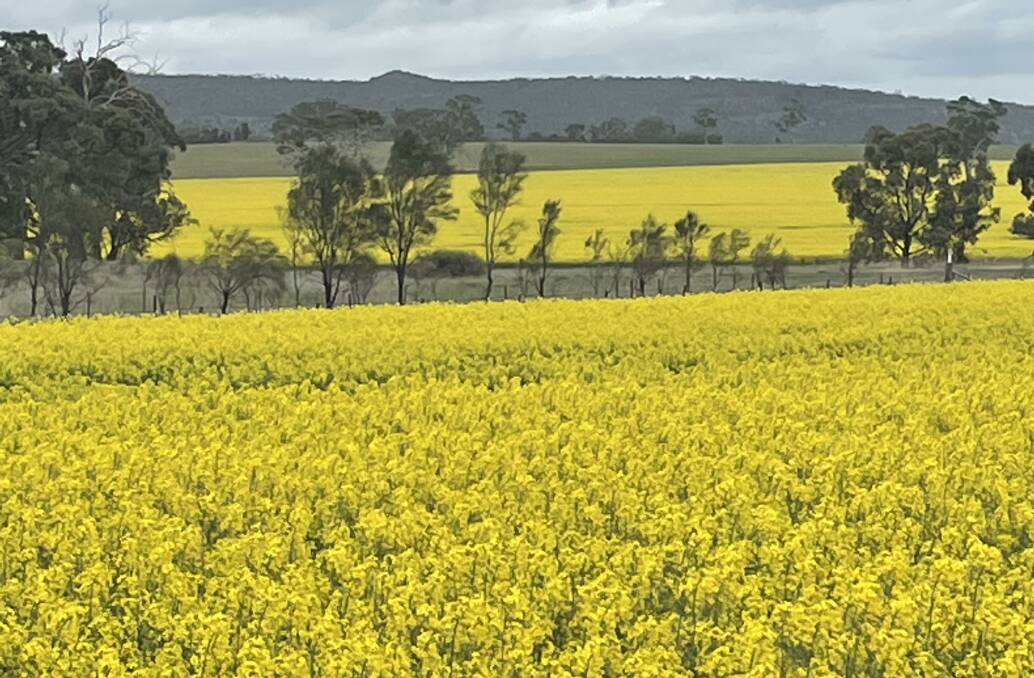
THE GROSS value of the Australian canola crop soared through the $5 billion mark for the first time following the 2021-22 harvest.
The huge earnings are a result of record prices, which have frequently pushed in excess of $1000 a tonne, and record production, with the Australian Oilseeds Federation (AOF) estimating total Australian production at 6.3 million tonnes.
This figure is more than quadruple that of the drought years of 18-19 and 19-20.
The lucrative returns in oilseeds at present mean the AOF is also upbeat about prospects this year, with its initial estimate for a 5.2 million tonne crop.
Even allowing for a drop in global canola values due to the likelihood of improved seasonal conditions and production in Canada the AOF is predicting a crop valued at over $3.5 billion, the second largest on record.
Nick Goddard, AOF executive director, said there were a number of factors canola values remained so high.
"Tight international supply caused by last year's drought in Canada, continuing strong demand for biofuel production across the US and Europe, and the inability of Ukraine to supply the world market is a major driver," Mr Goddard said.
"Ukraine is normally the world's top exporter of sunflower meal and oil, the third-largest exporter of rapeseed, and the seventh-largest exporter of soybeans."
"The recent ban on palm oil exports by the Indonesian Government to slow domestic vegetable oil price rises is also feeding through into canola prices, through an overall tightening in the oilseed complex."
Mr Goddard said most major canola growing regions were going well, apart from sections of South Australia where there has not been a significant autumn break as yet.
The BOM's outlook for a wetter than average winter through the east coast further solidifies the bullish outlook, although parts of NSW may see too much of a good thing with waterlogging a possibility due to already full soil moisture profiles, especially in the large canola growing region in the Central West.
Through Victoria waterlogging risk is highest in the north-east but the normally wet Western District is drier than average.
Apart from the upper Eyre Peninsula, most of South Australia is still very dry, but canola plantings are still tipped to be 10-20pc up on last year due to the good pricing outlook.
In Western Australia, many growers in the Geraldton zone capitalised on good rainfall from ex Tropical Cyclone Charlotte in late March, sowing in the last days of March and into early April.
Widespread rain in early April prompted further seeding, especially in the eastern low rainfall zone.


